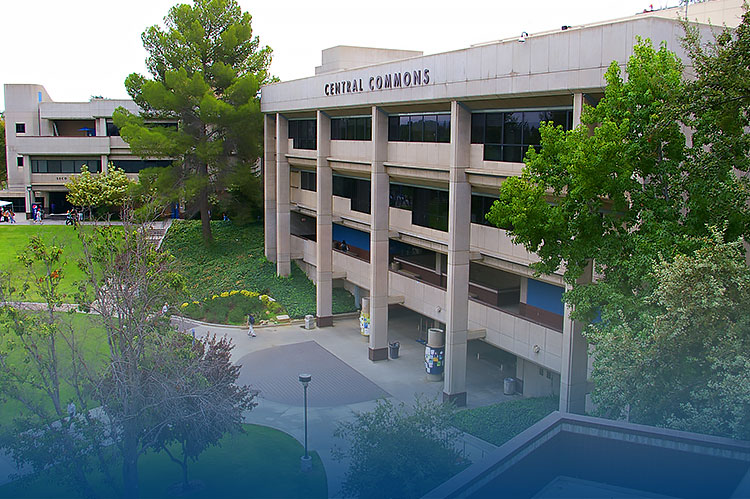Financial Aid Programs - Full Time Student Success Grant
The Full-Time Student Success Grant was a financial aid program for Cal Grant recipients attending a California community college full time.
Beginning with the 2018-19 academic year, the Full-Time Student Success Grant and the Community College Completion Grant have been replaced with the new Student Success Completion Grant (SSCG).
How Much Can A Student Receive?
The Full-Time Student Success Grant pays full-time Cal Grant recipients an additional $1000 annually.
What are the Eligibility Requirements?
To be eligible for the Full-Time Student Success Grant (FTSSG), a student must:
- Be a Cal Grant B or Cal Grant C recipient and
- Must be attending full-time at a California community college. Full-time attendance is 12 units per term.
How do I apply?
Cal Grants and the Full-Time Student Success Grant are just some of the financial aid programs that can help cover your college expenses. You must be a Cal Grant B or C recipient to qualify for the Full-Time Student Success Grant. You apply for a Cal Grant by completing the Free Application for Federal Student Aid (FAFSA) or California Dream Act Application and have your current school submit your GPA to the California Student Aid Commission. Your completion of the FAFSA also enables consideration for federal grants and loans.
Community college students who are California residents and who miss the March 2 deadline can apply by September 2 to receive consideration for competitive Cal Grant awards. Students completing the Dream Act Application must apply by March 2 in order to receive Cal Grant consideration. But it is important to point out that students can apply year-round for the California College Promise Grant (i.e. Board of Governors Fee Waiver).
Full-time attendance is 12 units per term. However, to earn a college degree in four years, you will need to take more than 12 units per term. Students should talk to their college counselor to set up an education plan. Your education plan is your path to completing your degree program and outlines the classes you need to take to meet your educational goal.

 My Canyons
My Canyons  Canvas
Canvas 
